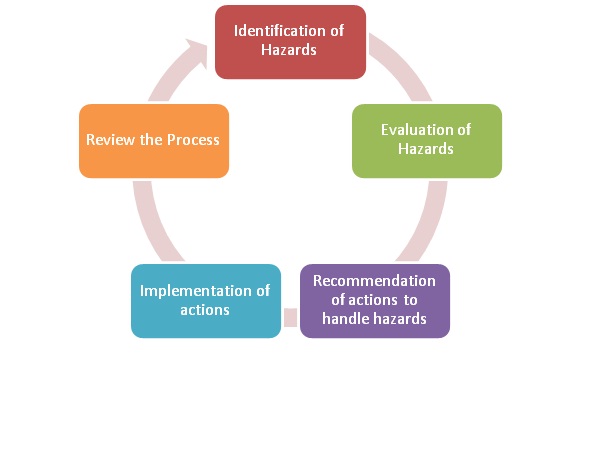A HAZOP study is an organized and methodical evaluation of plant operation with the aim of recognizing and analyzing hazards that may result in injury to personnel or damage to equipment. A HAZOP of a waste treatment plant analyzes each step in the process. Every possible operation in each step is evaluated to anticipate what might go wrong and result in failure of plant operation. The four steps of a HAZOP are:
Advantages
Because plant safety is a priority, the cost of even one accident is often greater than the cost of study. A HAZOP identifies possible hazards so they can be mitigated.
Downsides
A HAZOP concentrates on single elements or conditions that can result in failure while in a complex process failure can result from small or marginal malfunctions in multiple elements or conditions. HAZOPs can be laborious and often become much more detailed than required.
A PHA is an initial preparatory screening activity that can be used to identify hazards and categorize them according to severity. The PHA is done at the design phase before the treatment process is assembled. This is the first exercise in the plant process to rank the hazards associated with the plant. In PHA, the process designers list all possible failures they can think of and justify ways they plan to control risk.. Following are the steps:
Advantages
The PHA happens early in the project development, and identification of hazards at this stage allows risks to be designed away. This is not something other techniques of risk analysis offer.
Downsides
A PHA is largely based on the concepts and assumptions of the team conducting this analysis and therefore depends on the knowledge of the team
An FMEA is a widely-used structured approach to evaluate a system and processes within the system to locate hazardous situations and the components that can fail. In FMEA, the possible failures are considered according to their severity, likelihood and chances of detection. Below are the stages:
Advantages
An FMEA is a logical systematic process which requires less time and cost than some other risk evaluation methods.
Downsides
An FMEA needs to be updated on a regular basis as the knowledge of plant grows with time; therefore, this study must be done more frequently than other techniques of risk analysis.
A PHR is a group of assessments of the possible hazards linked with an industrial process. This approach is adopted during the design phase when different operating and maintenance procedures are being developed. It is a step-by-step review of all operations of the plant. It addresses major hazards. A flow-chart of Process Hazard Review is shown:

Advantages
This study provides a broad view of the plant and highlights hazardous conditions, situations, and procedures.
Downsides
As it provides only the broad view, the PHR sometimes overlooks the root cause of a risk.
This method employs graphics and Boolean Logic (an algebra wherein “or”, “and” “not” are operators) to evaluate possible malfunctions and combinations of events. It is a top-down approach for identification of the failures of basic event that result in top-level failure. This approach is widely used in plants where failure of operation is devastating (e.g. nuclear power plants).
Advantages
This technique not only makes the operation of the plant safe but also boosts overall efficiency.
Downsides
The FTA considers failure of top-level events; therefore di fferent failure possibilities may be overlooked. It is a complex and time-consuming process.
